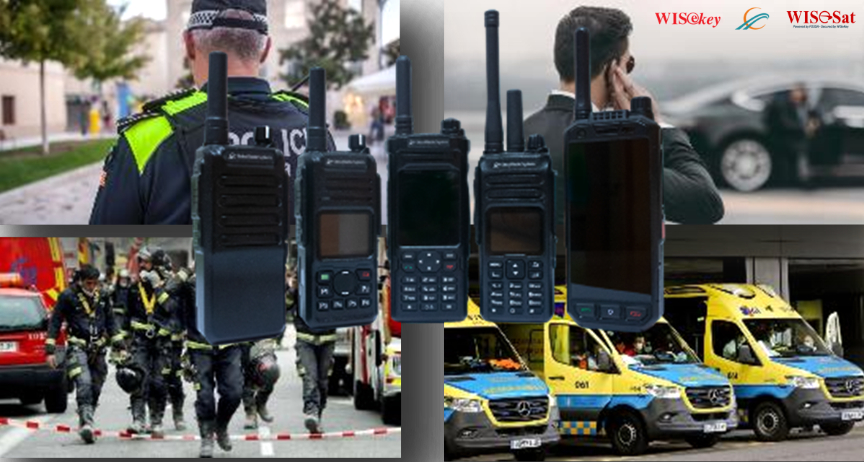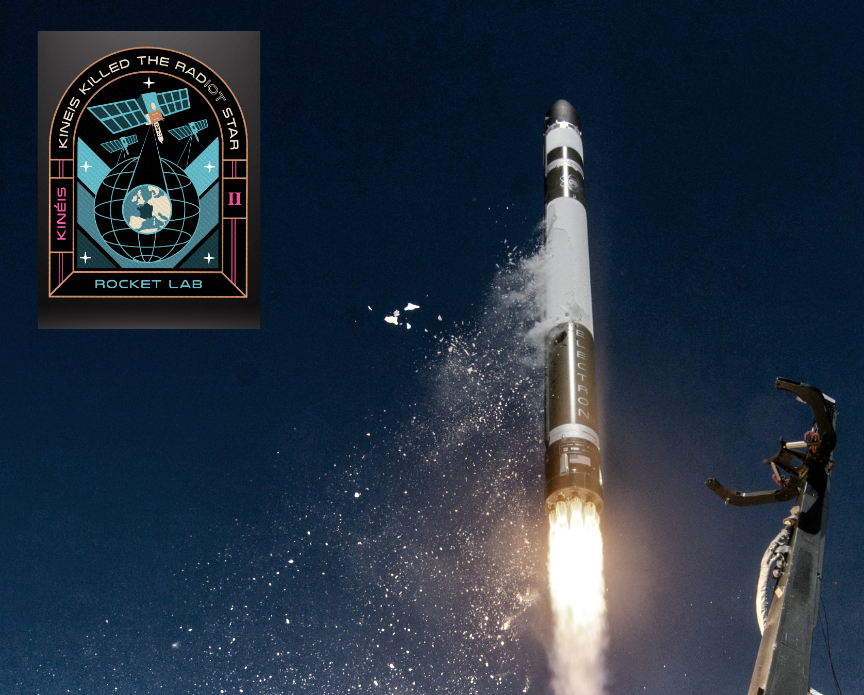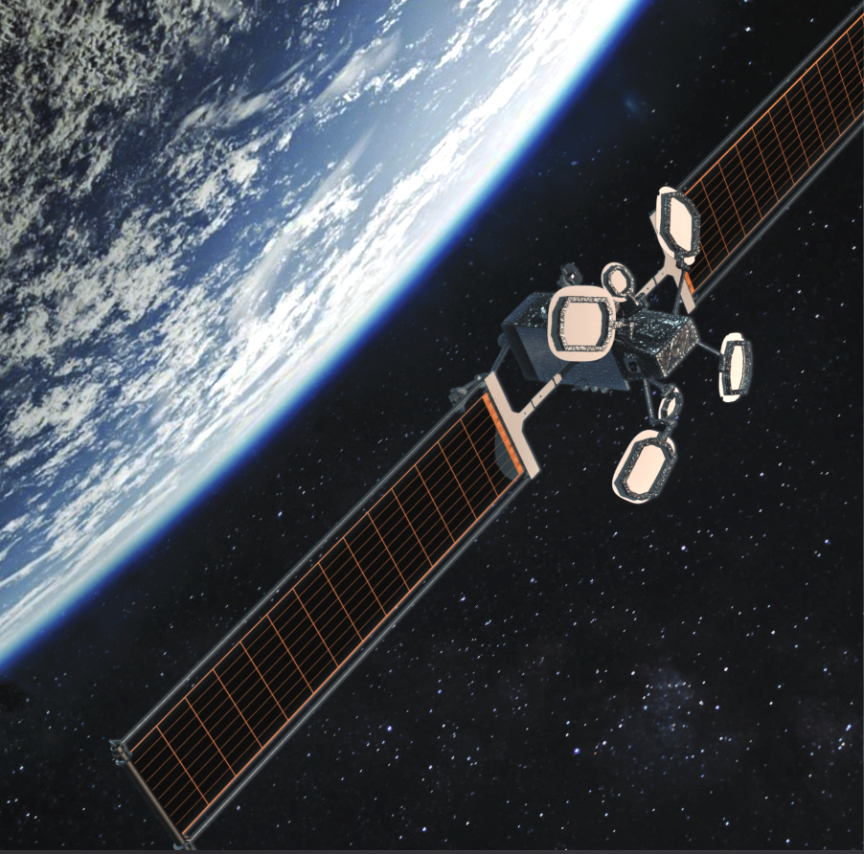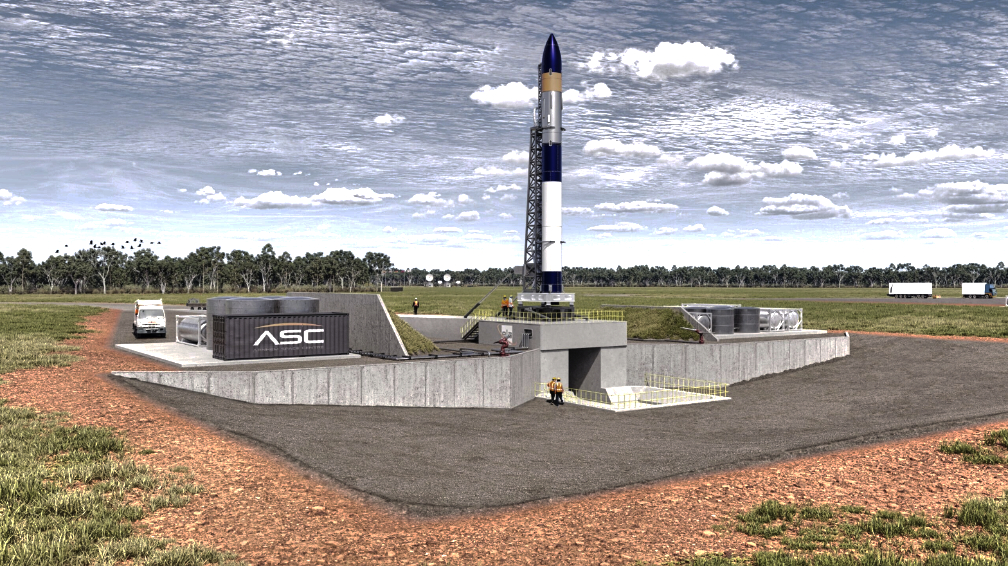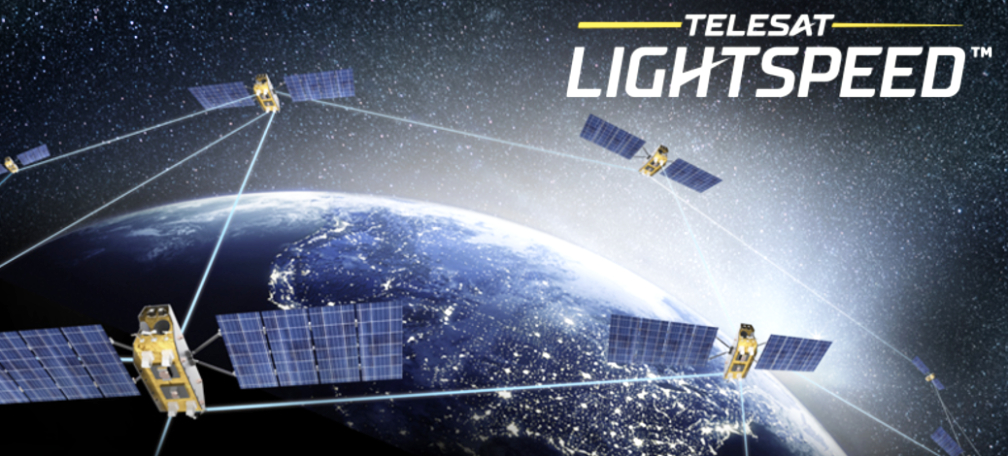
Telesat (NASDAQ and TSX: TSAT) has selected Calian Group Ltd. (TSX:CGY) to design, develop, deliver and deploy the Element Management System (EMS) within the Telesat Lightspeed LEO satellite network, as well as provide lifecycle maintenance and support for the system.

The EMS will be instrumental in connecting and maintaining operations for various components within the Telesat Lightspeed network, identifying and addressing issues to ensure optimal performance. With the EMS, Telesat will be able to manage the configuration and capabilities of Telesat Lightspeed Landing Stations, User Terminals, and the satellite onboard processors as needed. In addition, Telesat will leverage the EMS to collect and share Telesat Lightspeed system data with the company’s Operations Support Systems and Network Operations Centers to gain full visibility into the state of the entire constellation.
The Telesat Lightspeed constellation is a network of advanced LEO satellites and integrated terrestrial infrastructure that will offer high-speed, low-latency broadband connectivity to remote locations across Canada and worldwide. The Telesat Lightspeed network will support multi-Gbps data rates for government, aeronautical, maritime and enterprise customers, including industries such as oil and gas that operate in locations without access to fiber. Telesat Lightspeed will also help to bridge the digital divide, by expanding the reach of telecom networks in unserved and underserved areas.
Calian’s EMS technology will play a crucial role in the network operations for Telesat Lightspeed, the largest space program in Canada’s history. In addition to helping to bridge the digital divide, the Telesat Lightspeed network is creating and sustaining thousands of high-quality Canadian jobs and puts Canada at the forefront of the burgeoning New Space Economy.
“We are excited to support the Telesat Lightspeed LEO network with essential software and services for this cutting-edge satellite constellation,” said Valérie Travain-Milone, President, Advanced Technologies, Calian. “By enabling high-speed connectivity in remote and underserved areas, Telesat Lightspeed will empower industries and communities across Canada and beyond. We’re proud to contribute to this transformative project, ensuring reliable, affordable internet access on land, at sea and in the air.”
“The EMS is a critical component of the orchestration of system segments in this advanced, enterprise-class network,” said Aneesh Dalvi, Vice President for Telesat Lightspeed Systems Development. “We conducted a thorough search to find an innovative partner that could meet our requirements and Calian demonstrated the technological knowledge and expertise to deliver this capability; selecting them is a significant milestone as we push toward the launch of the Telesat Lightspeed network.”
About Telesat
Backed by a legacy of engineering excellence, reliability and industry-leading customer service, Telesat (NASDAQ and TSX: TSAT) is one of the largest and most innovative global satellite operators. Telesat works collaboratively with its customers to deliver critical connectivity solutions that tackle the world’s most complex communications challenges, providing powerful advantages that improve their operations and drive profitable growth. Continuously innovating to meet the connectivity demands of the future, Telesat Lightspeed, the company’s state-of-the-art Low Earth Orbit (LEO) satellite network, has been optimized to meet the rigorous requirements of telecom, government, maritime and aeronautical customers. Telesat Lightspeed will redefine global satellite connectivity with ubiquitous, affordable, high-capacity links with feiber-like speeds.
About Calian
We keep the world moving forward. Calian® helps people communicate, innovate, learn and lead safe and healthy lives. Every day, our employees live our values of customer commitment, integrity, innovation, respect and teamwork to engineer reliable solutions that solve complex challenges. That’s Confidence. Engineered. A stable and growing 40-year company, we are headquartered in Ottawa with offices and projects spanning North American, European and international markets.



